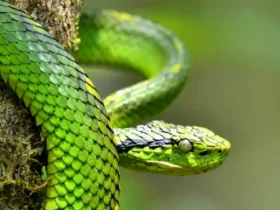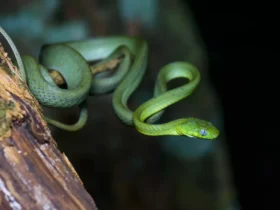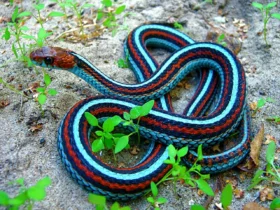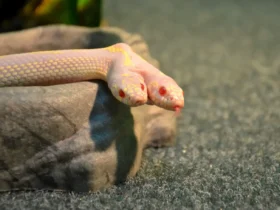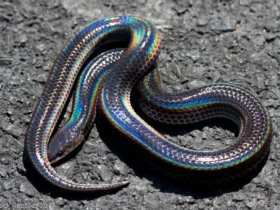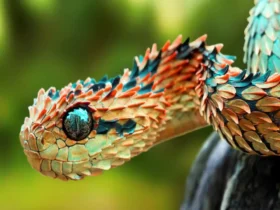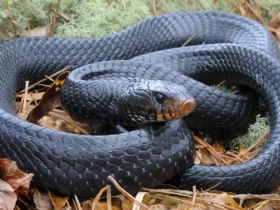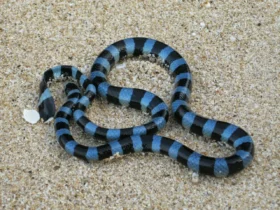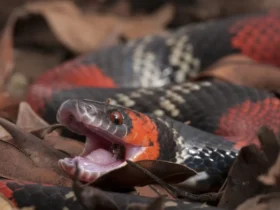The world is home to a myriad of awe-inspiring creatures, each with its own unique characteristics and beauty. Among the diverse inhabitants of the tropical rainforests of Southeast Asia, the Blue Bronzeback (Dendrelaphis cyanochloris) stands out as a striking serpent worthy of admiration. With its vibrant colors and remarkable agility, this non-venomous snake is an intriguing species that captivates both researchers and nature enthusiasts alike.
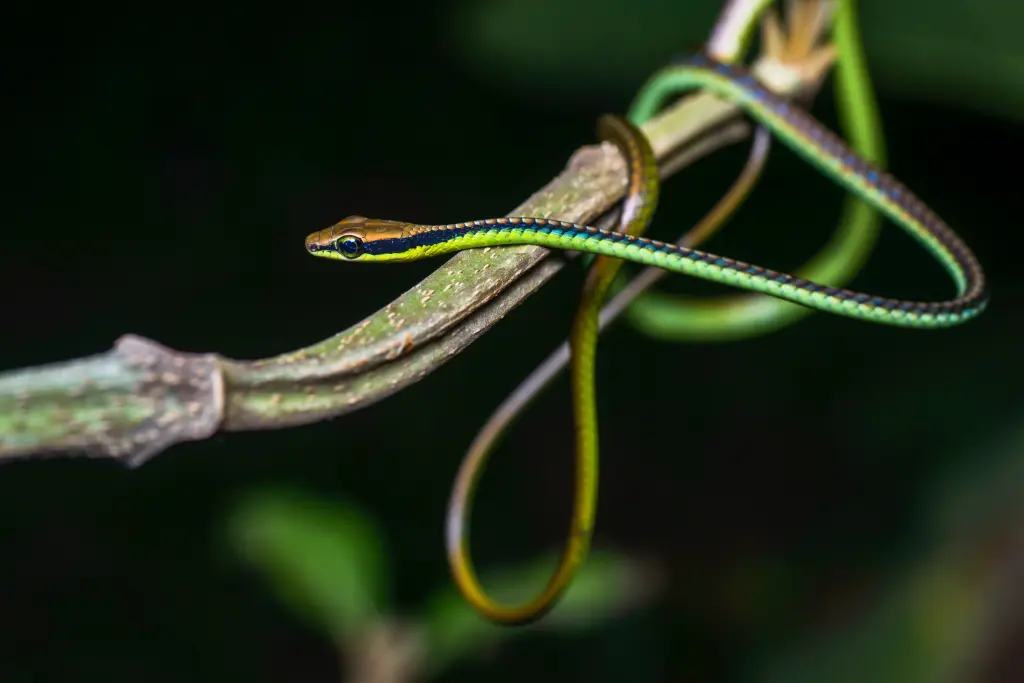
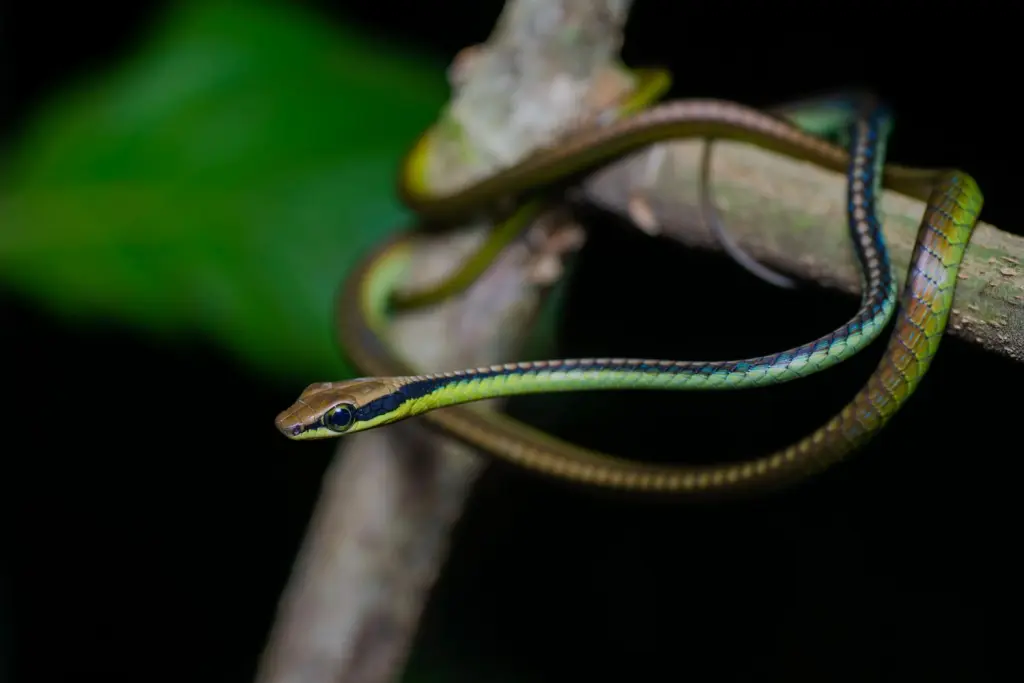
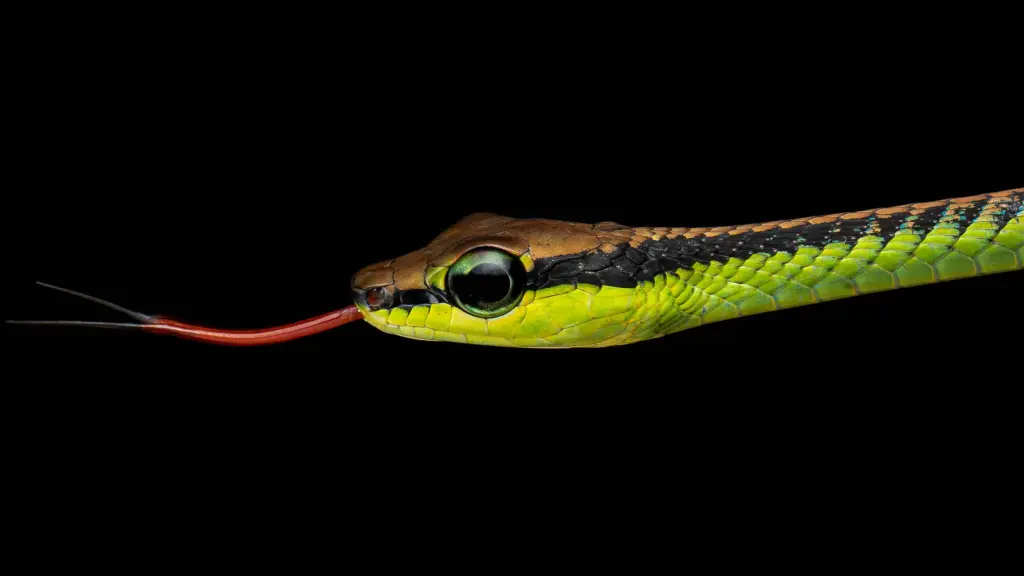
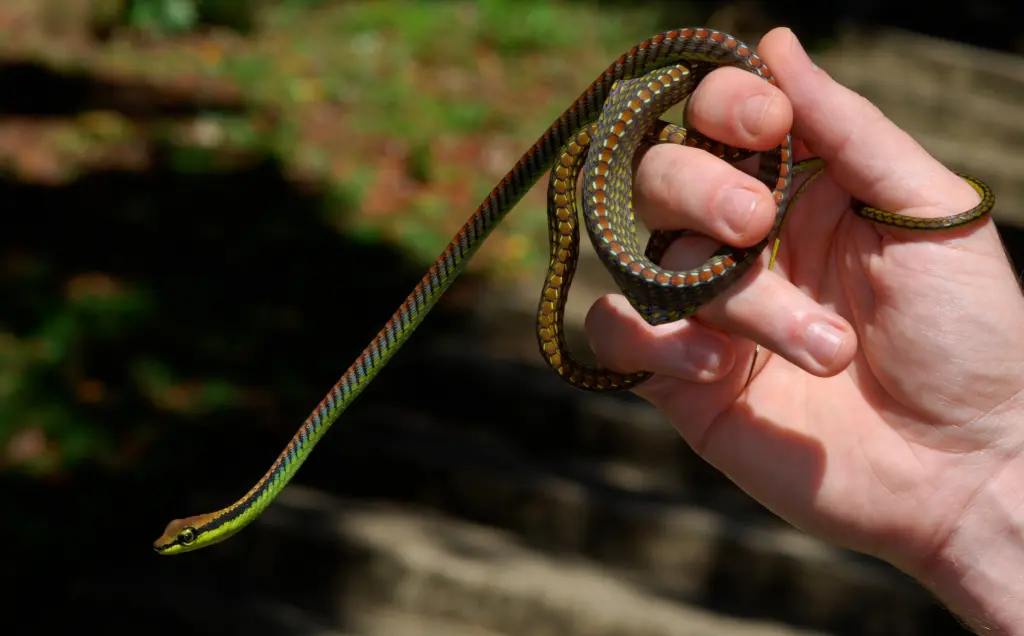
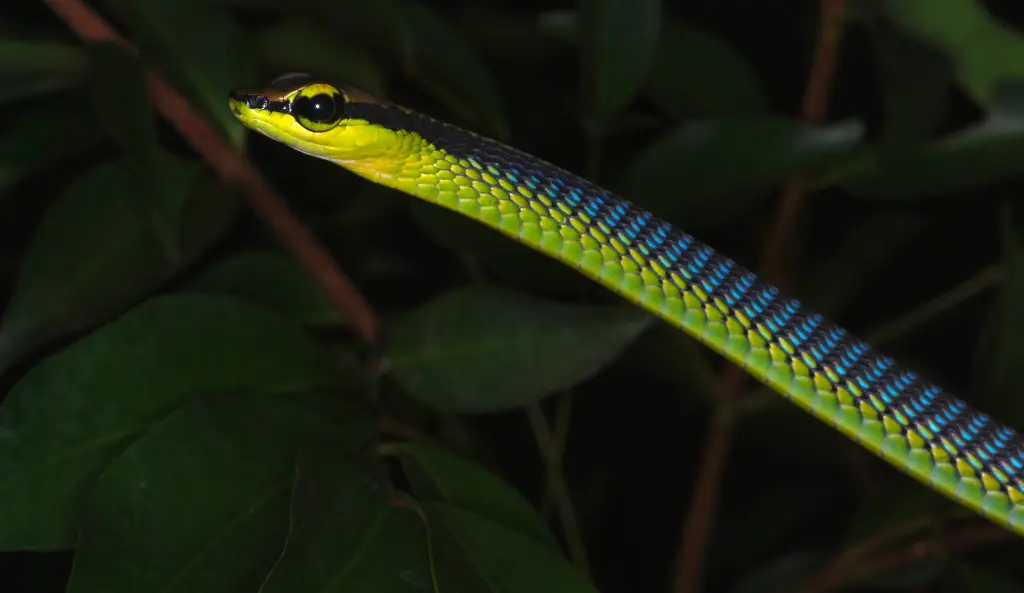
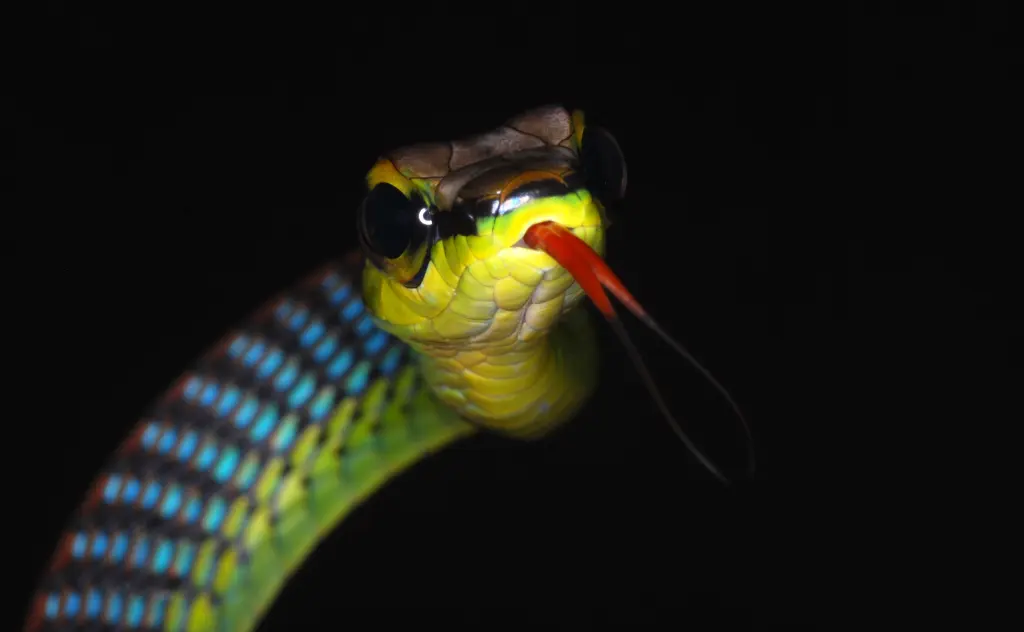
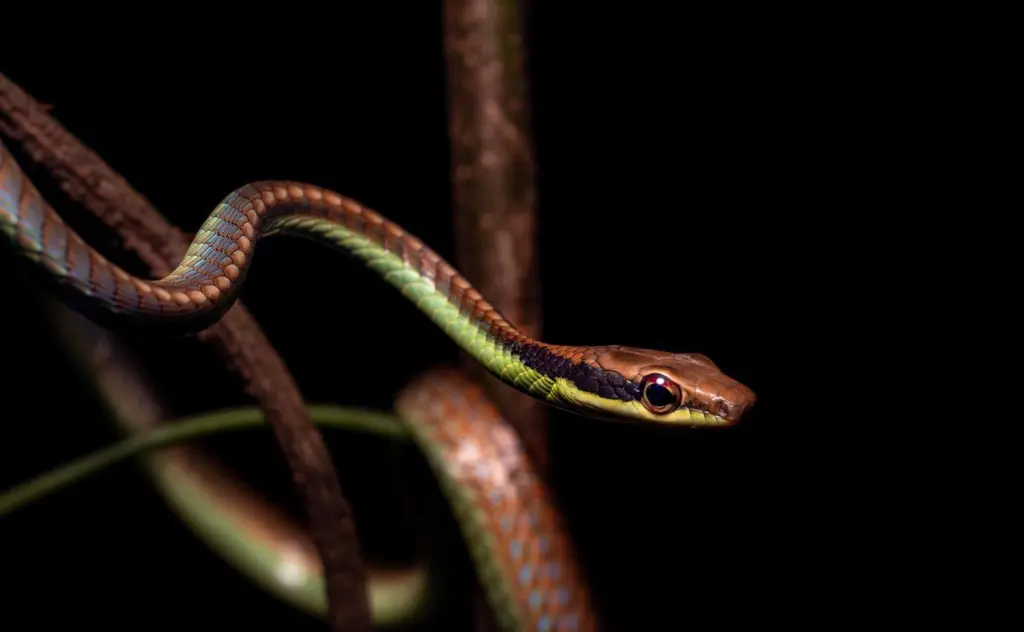
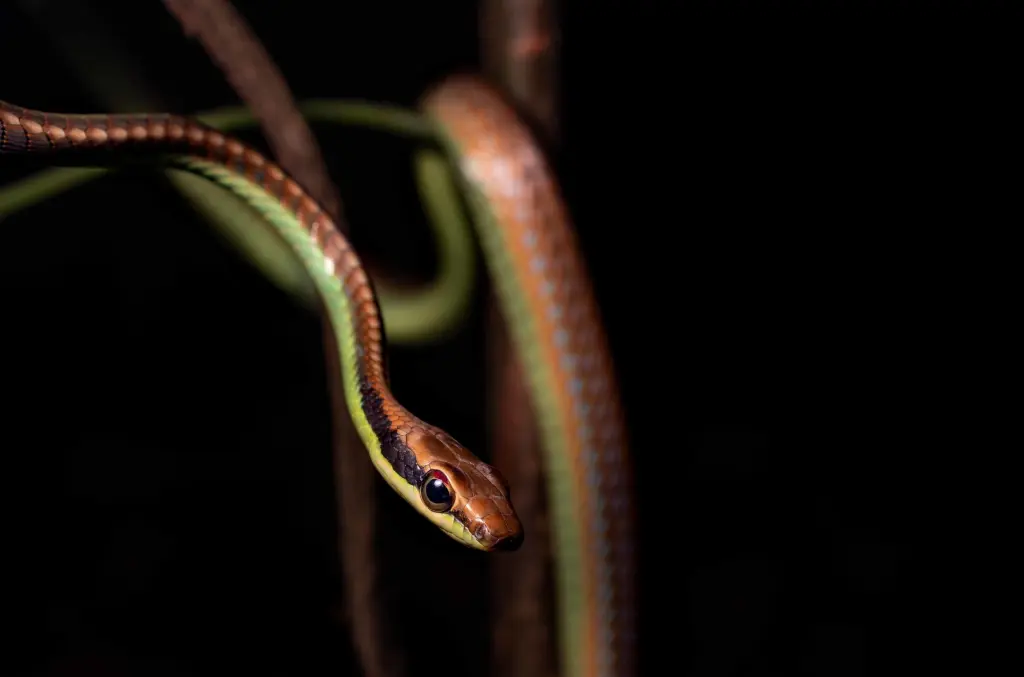
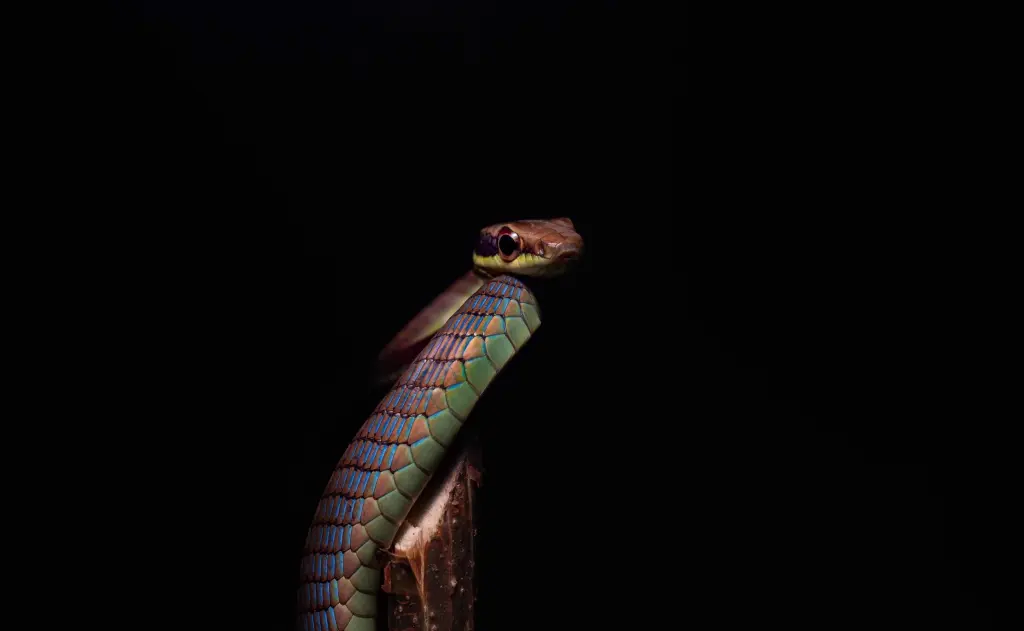
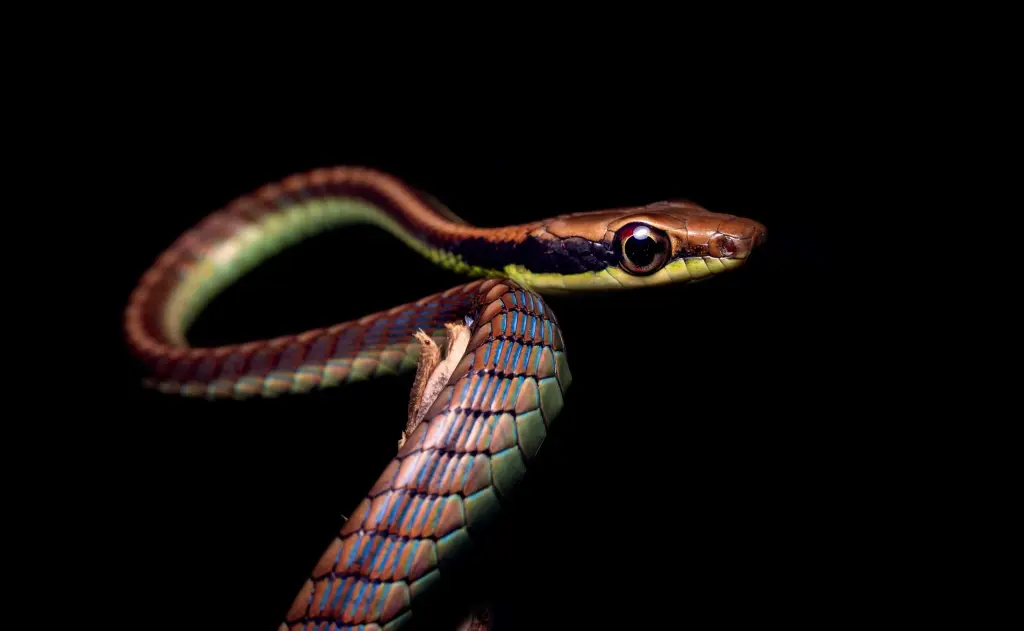
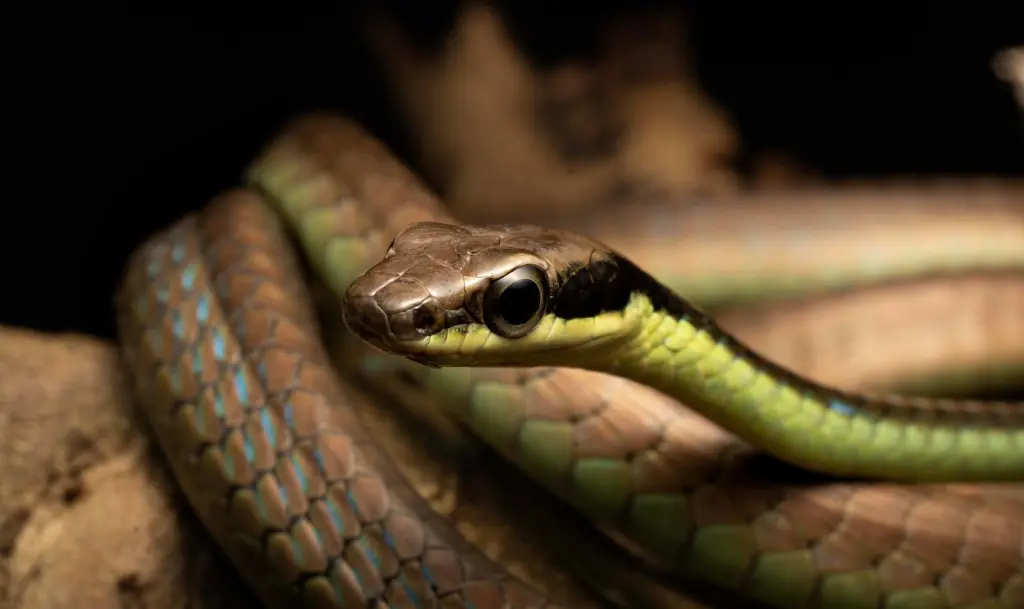
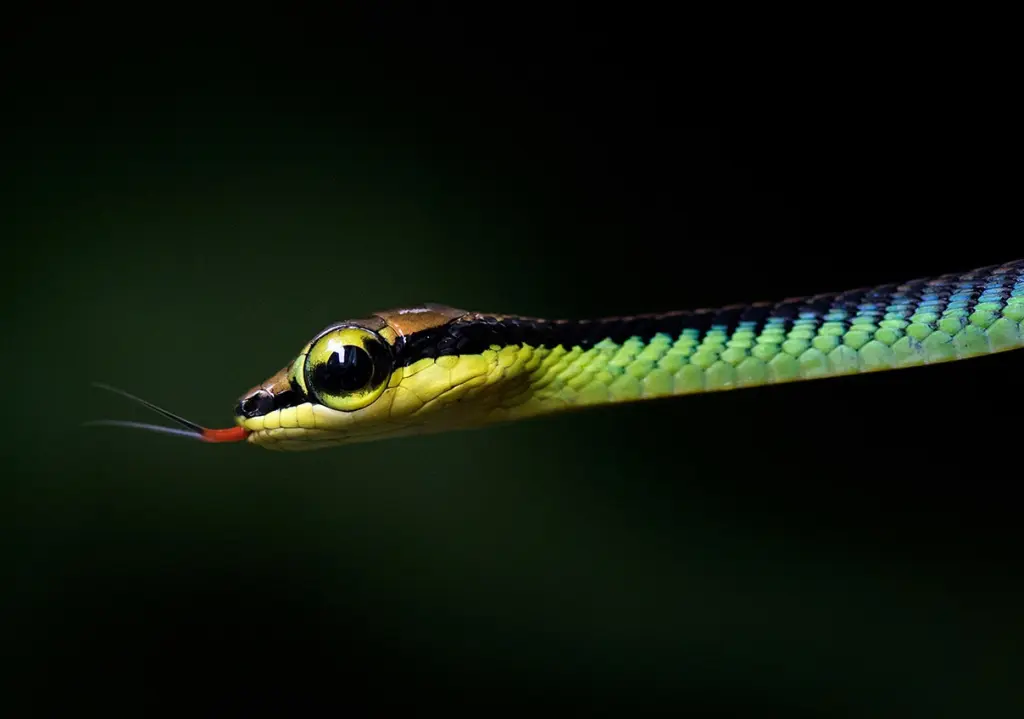
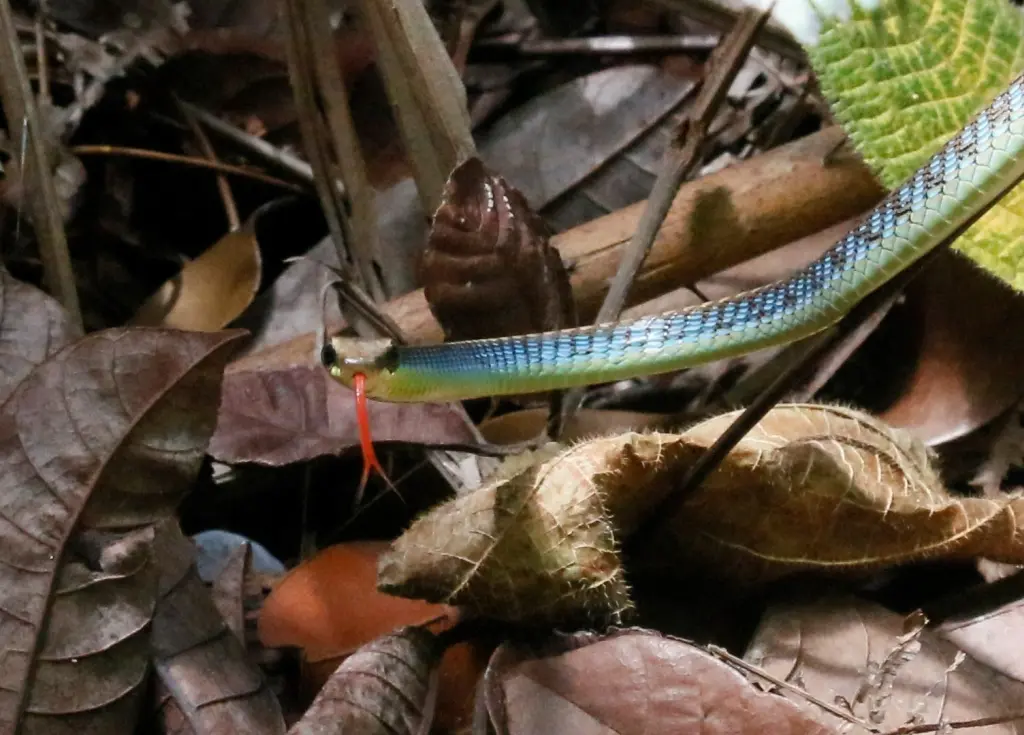
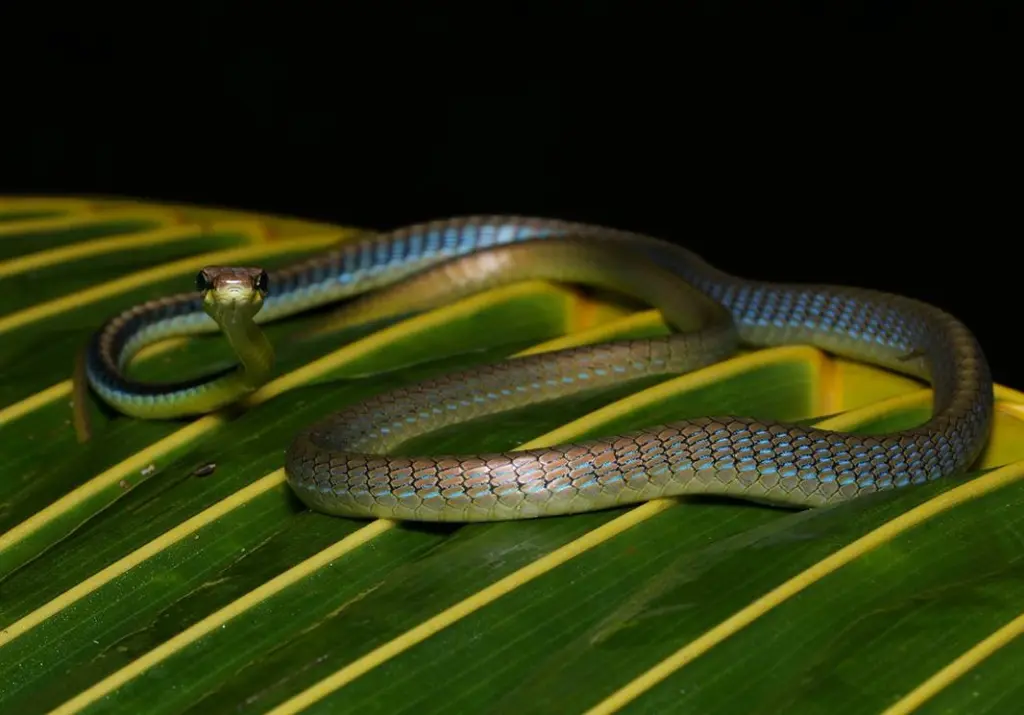
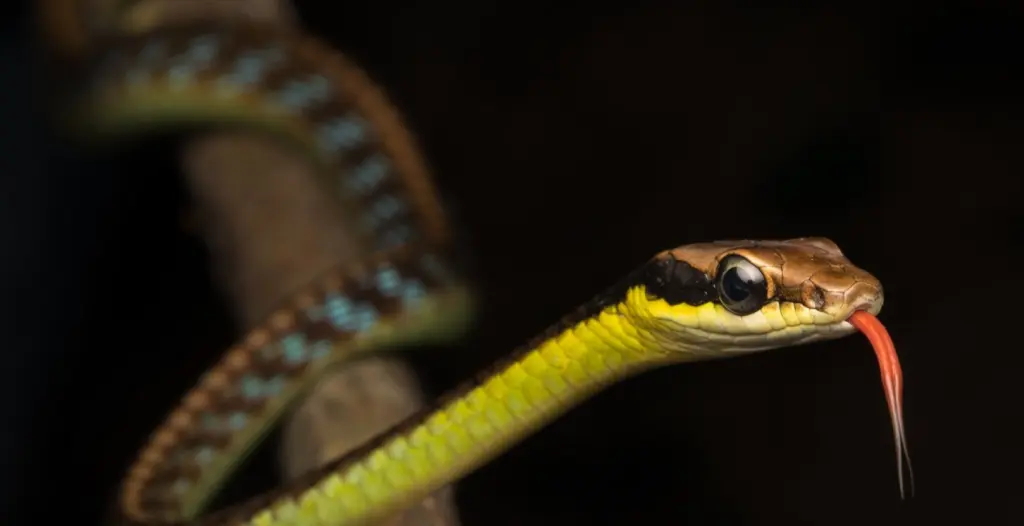
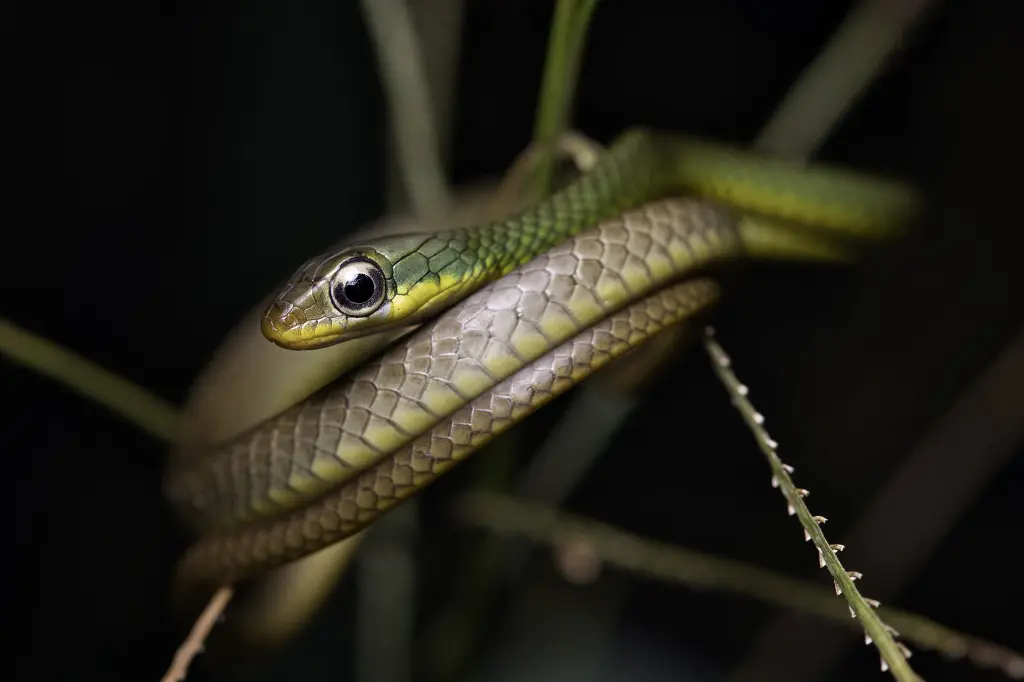
Appearance and Physical Features
The Blue Bronzeback snake, as the name suggests, displays a remarkable blue hue that extends along its slender body, contrasting beautifully with its bronze-colored back. This species typically measures around 1 to 1.5 meters in length, with some individuals reaching up to 2 meters. Their elongated bodies allow for exceptional flexibility and agility when moving through the dense foliage of their forest habitat.
The blue coloration of the Blue Bronzeback is not a mere visual delight; it serves a functional purpose as well. This striking hue aids in camouflage amidst the lush greenery of the rainforest, making it challenging for predators and unsuspecting prey to spot them. Their iridescent scales catch and reflect light, creating an illusion of shimmering blue as they glide through the trees.
Behavior and Habitat
The Blue Bronzeback is an arboreal snake, meaning it spends a significant portion of its life in the treetops. These agile climbers navigate through the forest canopy with remarkable ease, using their prehensile tails and specialized scales on the underside to grip onto branches securely. Their slender bodies and exceptional climbing abilities allow them to access various levels of the forest, from the lower understory to the upper canopy.
Their preferred habitat consists of primary and secondary rainforests, where they can find abundant cover, shelter, and a diverse array of prey. They are also known to venture into adjacent areas, such as agricultural lands or plantations, albeit to a lesser extent.
Feeding Habits
The Blue Bronzeback is an opportunistic hunter, preying on a variety of small animals, predominantly focusing on lizards, frogs, and tree-dwelling geckos. Their ability to move swiftly and silently through the trees grants them an advantage in surprising their unsuspecting prey. Upon catching their meal, they use their strong jaws to subdue and consume it, ensuring a steady supply of sustenance.
Reproduction and Life Cycle
Breeding in the Blue Bronzeback usually occurs during the rainy season when food availability is at its peak. Males engage in intense courtship rituals to attract females, often engaging in vigorous battles with rival suitors. Once mating is successful, females lay elongated eggs in concealed locations, such as tree hollows or leaf litter. After an incubation period of approximately 60 to 70 days, the hatchlings emerge, fully equipped to embark on their arboreal adventures.
Ecological Importance
The Blue Bronzeback plays a vital role in the ecosystem as both predator and prey. As an efficient hunter of small vertebrates, it helps to control populations of lizards and frogs, regulating their numbers within the rainforest. Furthermore, as a food source for larger predators, it contributes to the intricate web of life in the forest, ensuring a healthy balance within the ecosystem.
Final Thought
The Blue Bronzeback, with its mesmerizing blue coloration and remarkable arboreal adaptations, stands as a true marvel of the tropical rainforests of Southeast Asia. From its slender and agile body to its hunting prowess, this snake exemplifies the intricate beauty and ecological significance of the animal kingdom. While conservation and threats are important aspects to consider, focusing on the fascinating aspects of this species allows us to appreciate the sheer wonder that nature has to offer.
